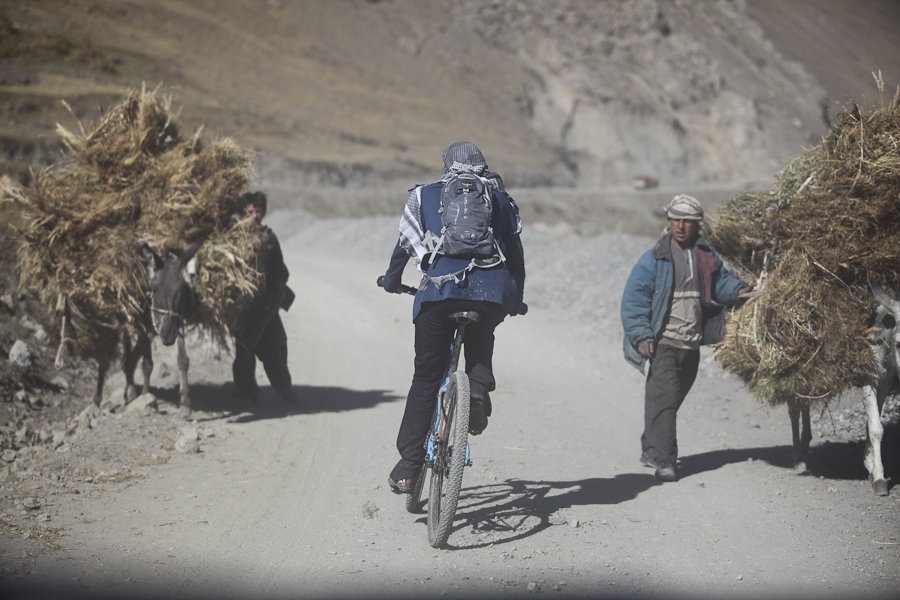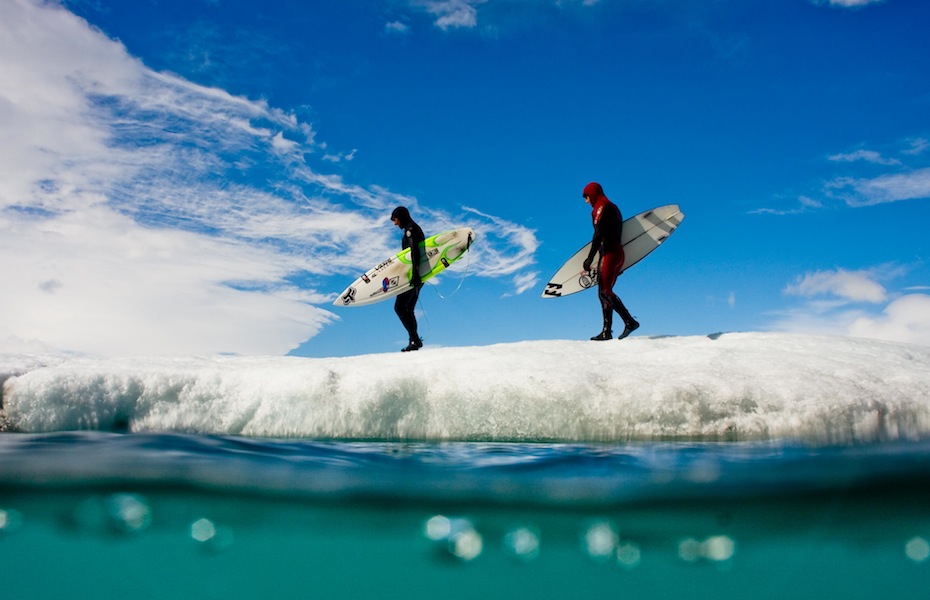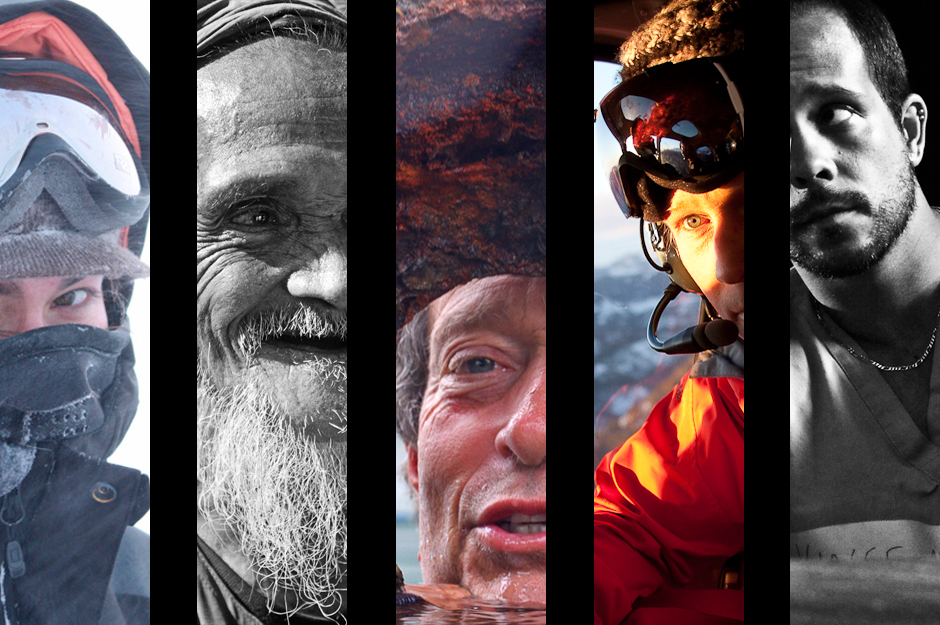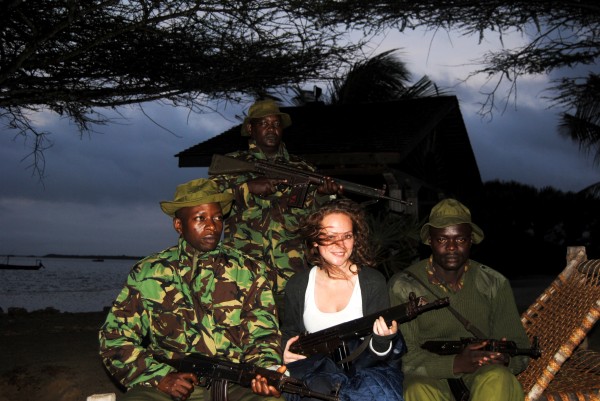THERE’S A BANALITY TO YEAR END BEST-OF’S. What constitutes “best?” Is it page-views? Engagement? Innovation?
And at the same time it’s natural to want to look back upstream at the end of the year. To try to understand why this one felt especially pivotal. To recognize how much changes as we keep circling time.
Going back through the archives over the holidays, what struck me as always were the decisive moments. The stories that seemed to well up from or describe these points in the author’s life. Or they were stories about decisive points in the year itself. Or conversely, those pieces which reflected a culmination of years of experience travelling, writing, taking pictures.








